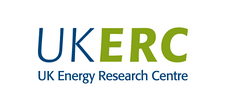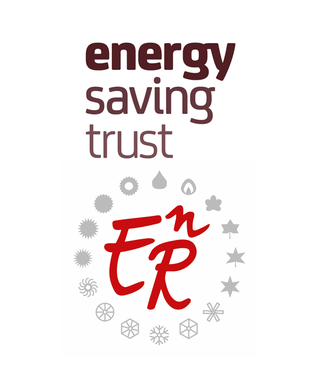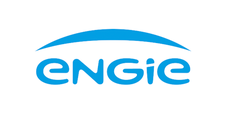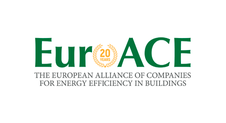Search eceee proceedings
What role do transaction costs play in energy efficiency improvements and how can they be reduced?
Panel: 4. Monitoring and evaluation for greater impact
This is a peer-reviewed paper.
Authors:
Katja Hünecke, Öeko-Institut (Institute for Applied Ecology), Germany
Sibylle Braungardt, Öko-Institut, Germany
Katja Schumacher, Öko-Institut, Germany
Lena Tholen, Wuppertal Institut für Klima, Umwelt, Energie, Germany
Thomas Adisorn, Wuppertal Institut für Klima, Umwelt, Energie, Germany
Hauke Lütkehaus, Universität Oldenburg, Germany
Johannes Thema, Wuppertal Institut for Climate Environment and Energy, Germany
Abstract
Ex-ante policy evaluation requires a detailed understanding of how the subjects addressed by the policy react to its implementation. In the context of energy efficiency, policy measures typically aim at influencing investment decisions towards more efficient options.
As has been discussed widely in the context of the “energy efficiency gap”, investments in energy efficiency improvements are frequently not conducted even though they seem cost-effective from a simple cost-benefit perspective, where transaction costs have been identified as one important barrier.
While transaction costs have been discussed widely from a conceptional perspective, empirical studies quantifying transaction costs and measures to reduce them are rare. This paper presents approaches, results and insights from a recently completed research project funded by the German Federal Energy Efficiency Center (BfEE), addressing transaction costs in various energy efficiency measures and the role of energy efficiency services to overcome the barrier.
We analyse a set of 11 energy efficiency investments covering private households, public institutions and the industry sector. We gather data on direct investment costs and energy cost savings and provide a detailed analysis of the various barriers and transaction costs associated with the implementation. We then analyse the costs of existing energy efficiency services using data provided by the BfEE. We compare the different cost elements and analyze the potential of energy efficiency services to reduce transaction costs.
We find that the role of transaction costs differs substantially between households, public institutions and companies and that the impact of energy efficiency services on transaction costs needs to be evaluated using different methodological approaches. We conclude that while data availability on disaggregated transaction costs is a major challenge, energy services can reduce transaction costs considerably.
Downloads
Download this paper as pdf: 4-092-19_Huenecke.pdf
Panels of
1. The dynamics of limiting (energy) consumption
2. What's next in energy policy?
4. Monitoring and evaluation for greater impact
5. Smart and sustainable communities
7. Make buildings policies great again
8. Buildings: technologies and systems beyond energy efficiency
9. Improving energy efficiency in ICT, appliances and products

























